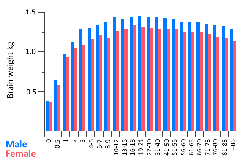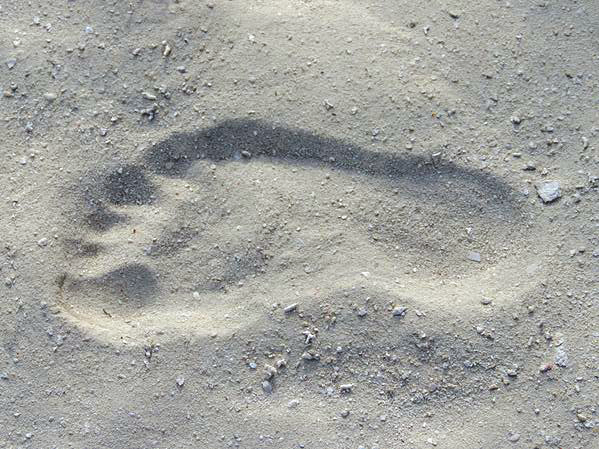
Brains let us learn
As you read this story about the brain, you are learning. We learn things every day, but never as much as we do when we are young. That’s because growing brains are sponges for knowledge. This is true in all mammals. The period during which mammals grow and develop is when they learn how to survive.
In the case of humans, this period of growth is much longer that it is in other animals. Human childhood ends at adolescence. Most human brain growth occurs during childhood, and it coincides with a great degree of learning. It is during this period of growth that children learn the most about how to be a human in their society. This is the time when we learn how to speak, how to throw a ball, how to read, and how to do math problems.
 Our brains attain near-adult size by adolescence. This does not mean that we cannot learn anything new past this age. In fact, our brains continue to grow and make connections between neurons (brain cells) well into our 20s. But when we are young, it is very easy to learn certain things, like languages for example, and it becomes more difficult as we age. Learning gets harder once the brain stops growing, but it remains possible throughout our lives.
Our brains attain near-adult size by adolescence. This does not mean that we cannot learn anything new past this age. In fact, our brains continue to grow and make connections between neurons (brain cells) well into our 20s. But when we are young, it is very easy to learn certain things, like languages for example, and it becomes more difficult as we age. Learning gets harder once the brain stops growing, but it remains possible throughout our lives.
By going to school, you are engaging in social learning. You are also doing so by learning how to cook from a family member or how to ride a bike or drive a car. Social learning is a type of learning that takes place in a social context. A person does not need to be actively teaching you for social learning to occur. It can happen through observation too.
In humans, social learning is very important. Our long childhoods give us the time needed to learn all of the complexities of living in our societies. This information is socially learned through our families, teachers, and other members of our society. We have large brains to store and process all of this information. In fact, the long period of growth during which we learn is one of the contributing factors to our large brain size.
Be Part of
Ask An Anthropologist
By volunteering, or simply sending us feedback on the site. Scientists, teachers, writers, illustrators, and translators are all important to the program. If you are interested in helping with the website we have a volunteers page to get the process started.

